
Manage a business is like driving a car or a motorbike, when you first learn, everything is alien and takes all your concentration and as you get used to it some of it becomes automatic, second nature.
Like a car, the more you put into driving and the better a driver you become. But if you switch on the auto-pilot and get tunnel vision, you can get into serious trouble and crash.
As a business owner, you build the car and get to drive it. You decide it’s shape, characteristics and the more money you can spend, the bigger the engine you can fit in. Some of it, you are very good at and build yourself, some of it you just can’t do and pay somebody else to do it for you.
But how is your driving? Do you look 6 feet in front of the bonnet or as far up the road as you can see? If you plan your business day by day, week by week, it’s like looking right in front of your bonnet and when an obstacle comes up, by the time you see it, it’s too late to do something about it. Business planning is clarity on your ultimate destination and the route you are planning to get there. Now it might not all go to plan but at least you are setting off in the right direction and you are giving yourself time to respond when you find a road closure.
What do you look at on the dashboard, the speedo or the rev counter? Your speed is the profit you make and while it’s good to know that you are moving forward not backwards, it’s not what makes you go quick in the first place. It’s what I call downstream information. Alternatively, if you look at the rev counter, you know when to change gear to make the best of your engine performance and that’s what I call upstream information. For your business it can be anything that tells you today what your business will achieve in the future. For example, client engagement tells you what repeat business you can expect. Hits on your website and conversion rates will tell you how many new customers you are likely to pick up next month. If you understand your business processes to get a client and deliver a product or service and you develop your dashboard to give you upstream indicators, then you can drive your business better and faster.
Similarly, your fuel gauge is your bank balance. What’s more important; how much petrol is in the tank right now or your mpg and how far is the next petrol station? Answer: all 3 but most people only look at the gauge. In business terms, your consumption and the distance to the next petrol station is your cashflow forecast, without one, you can never be sure you’re not going to run dry.
Moral of the story, if you want to go far and quick in your business, develop the best financial dashboard you can and look far up the road by building a business and financial plan.
Did this blog help you? If it did, please share it with your business connections.
If you have any questions contact Helene HERE
Are you tired of putting off important tasks and feeling overwhelmed by procrastination?
You're not alone!
But fear not! We have the ultimate solution for you.
Introducing "3 Easy Steps to Banish Procrastination" - a downloadable guide that will transform your productivity and help you achieve your goals faster than ever before. Say goodbye to endless frustration and hello to a focused and motivated you. Don't wait any longer, click the link below to unlock the secrets to defeating procrastination once and for all!
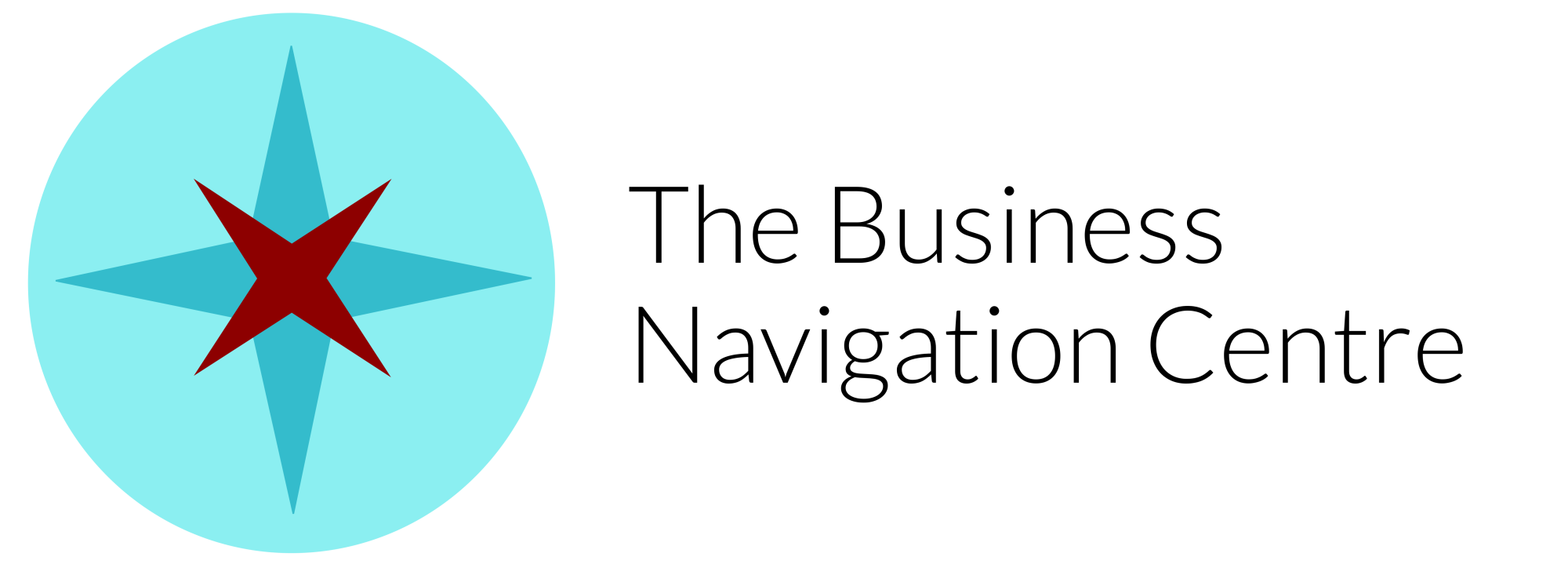
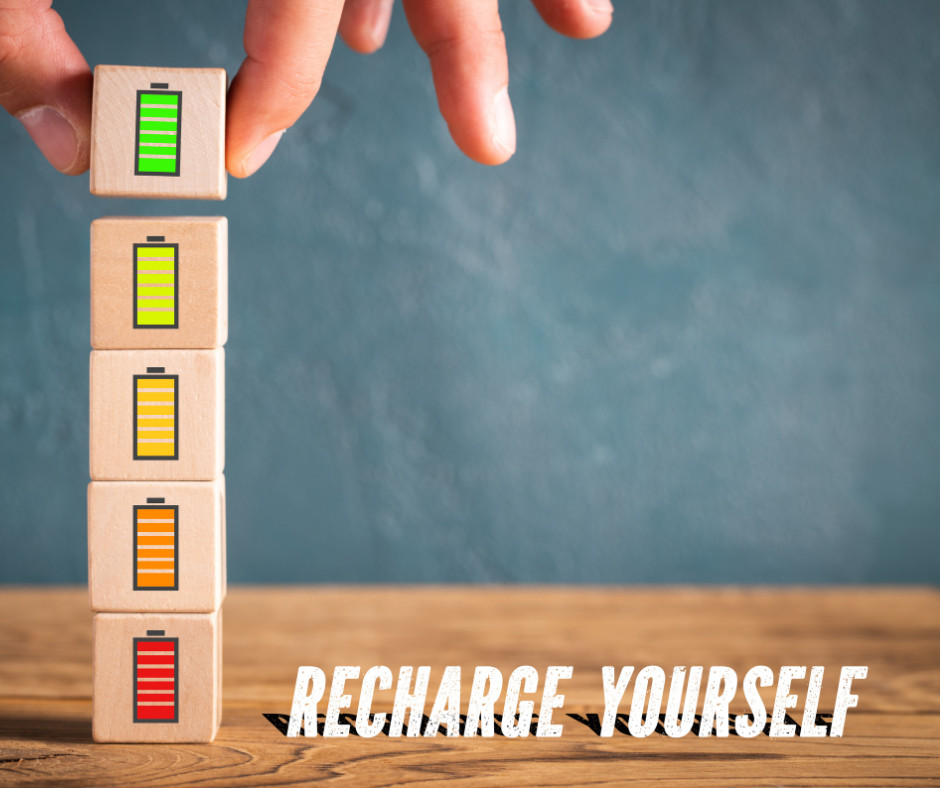
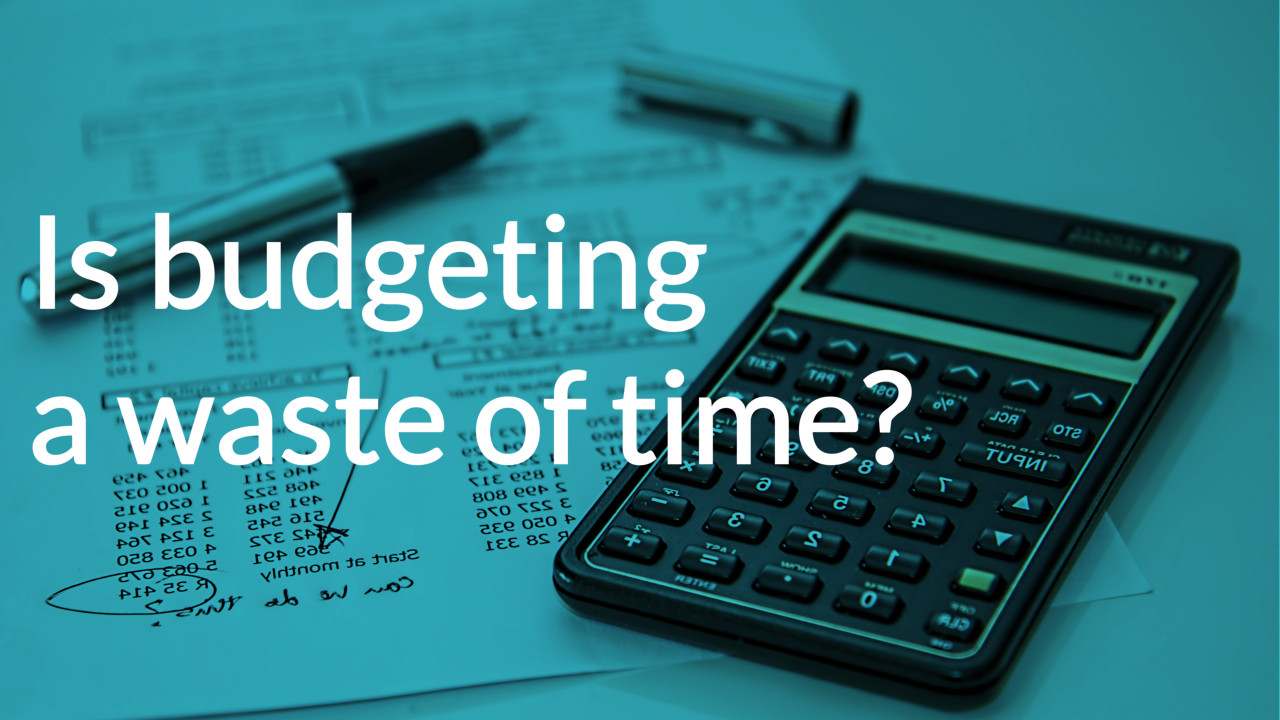


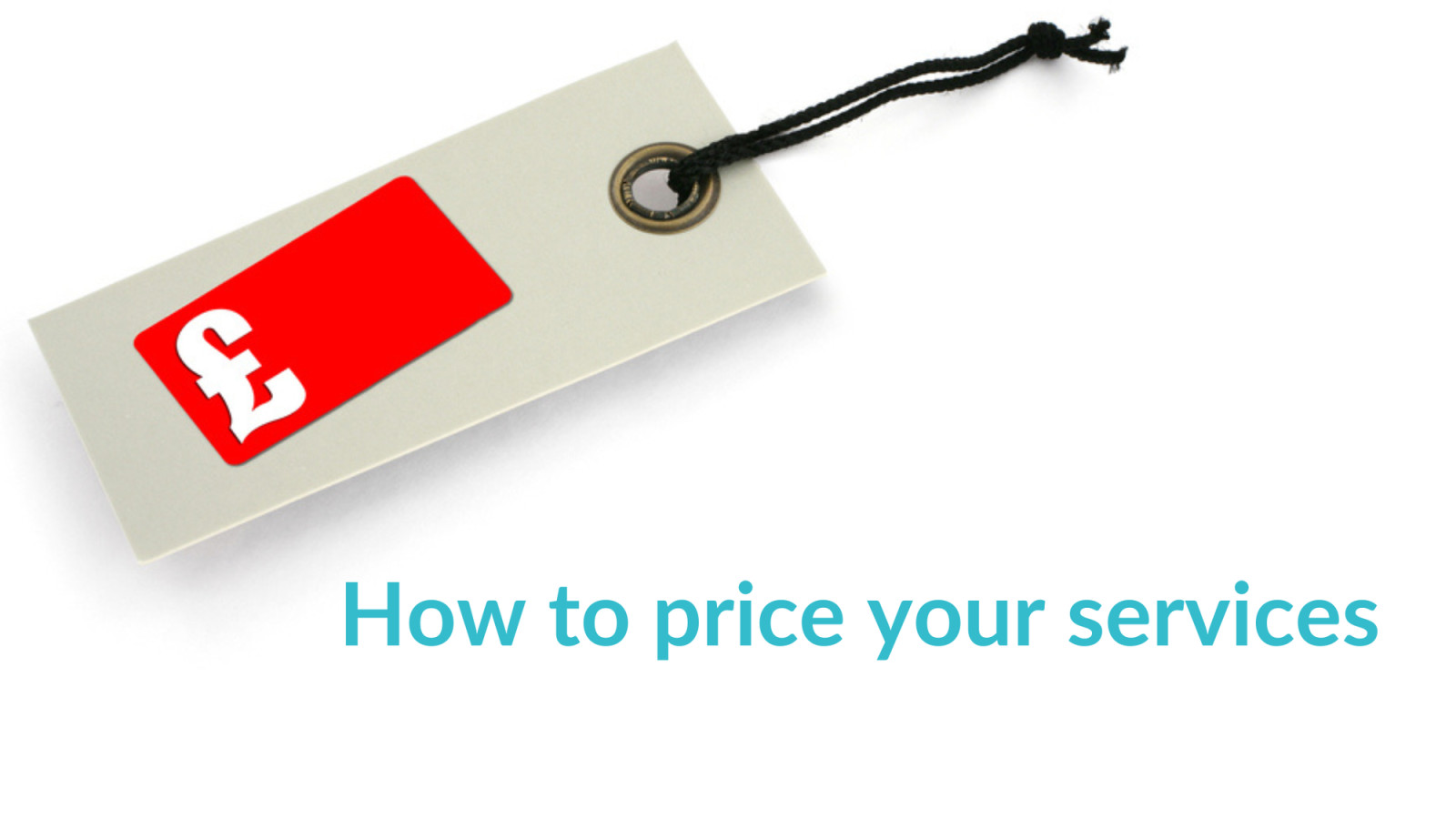


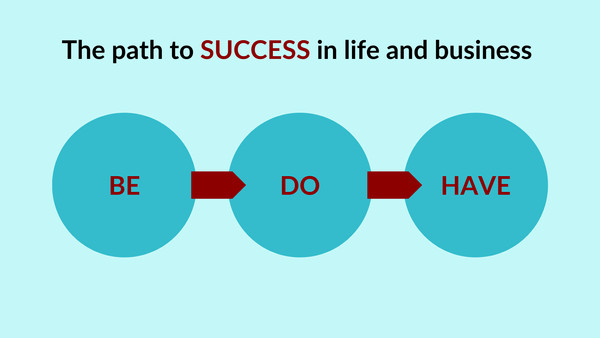

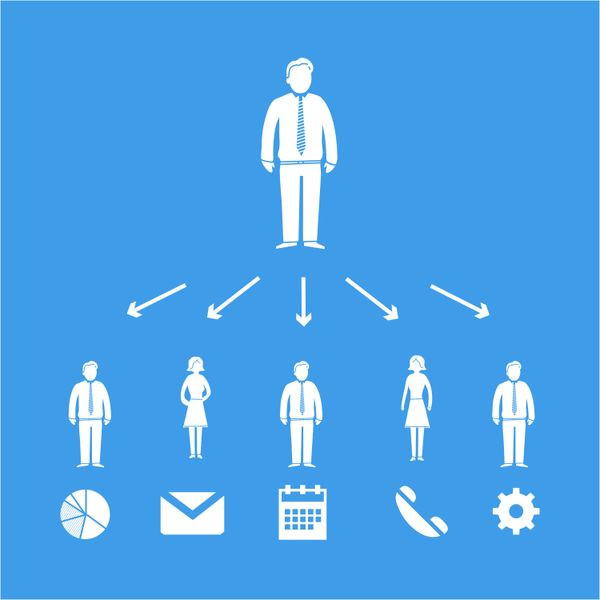


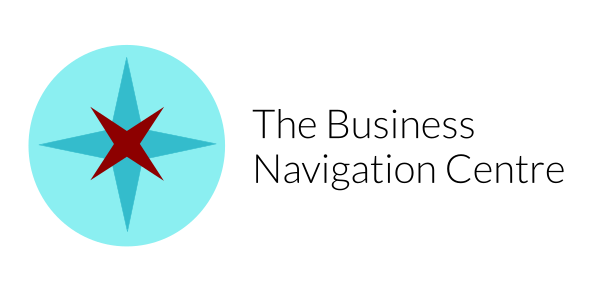




0 Comments